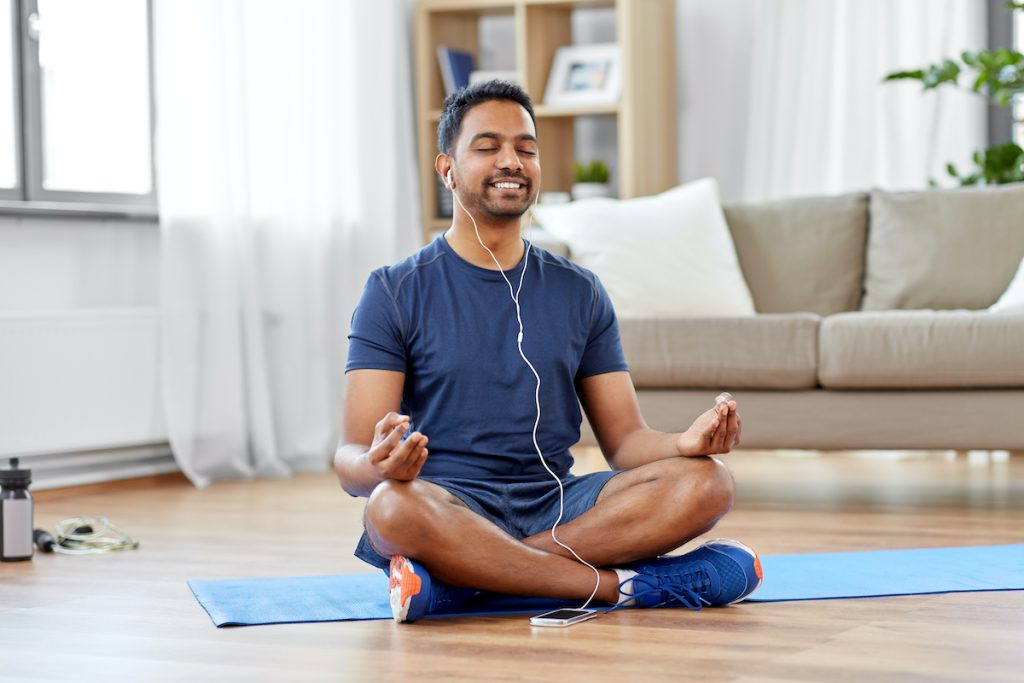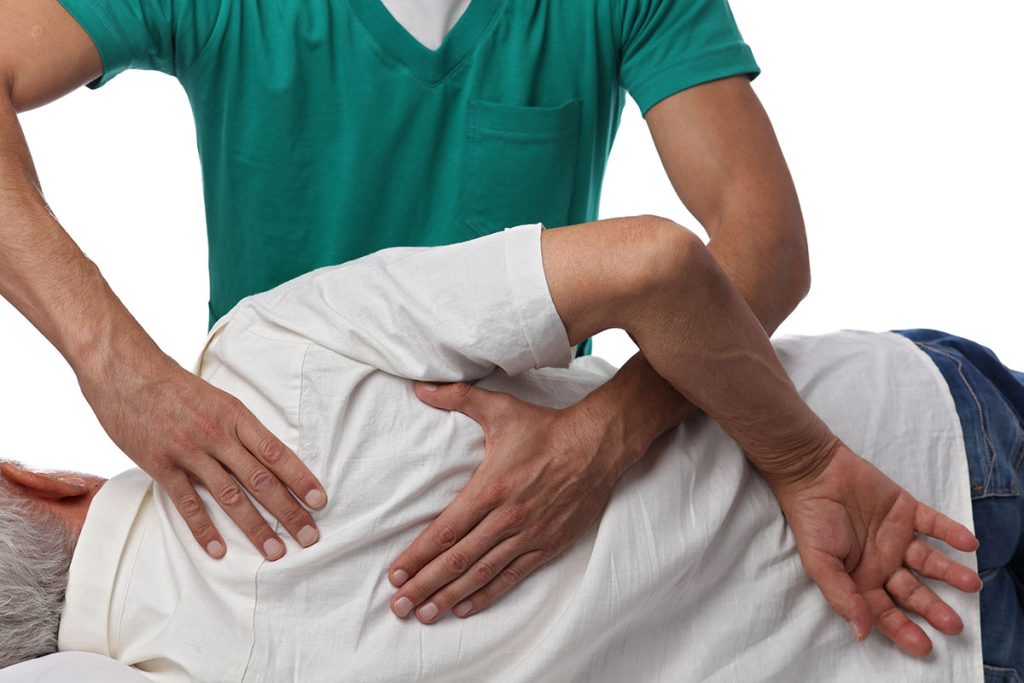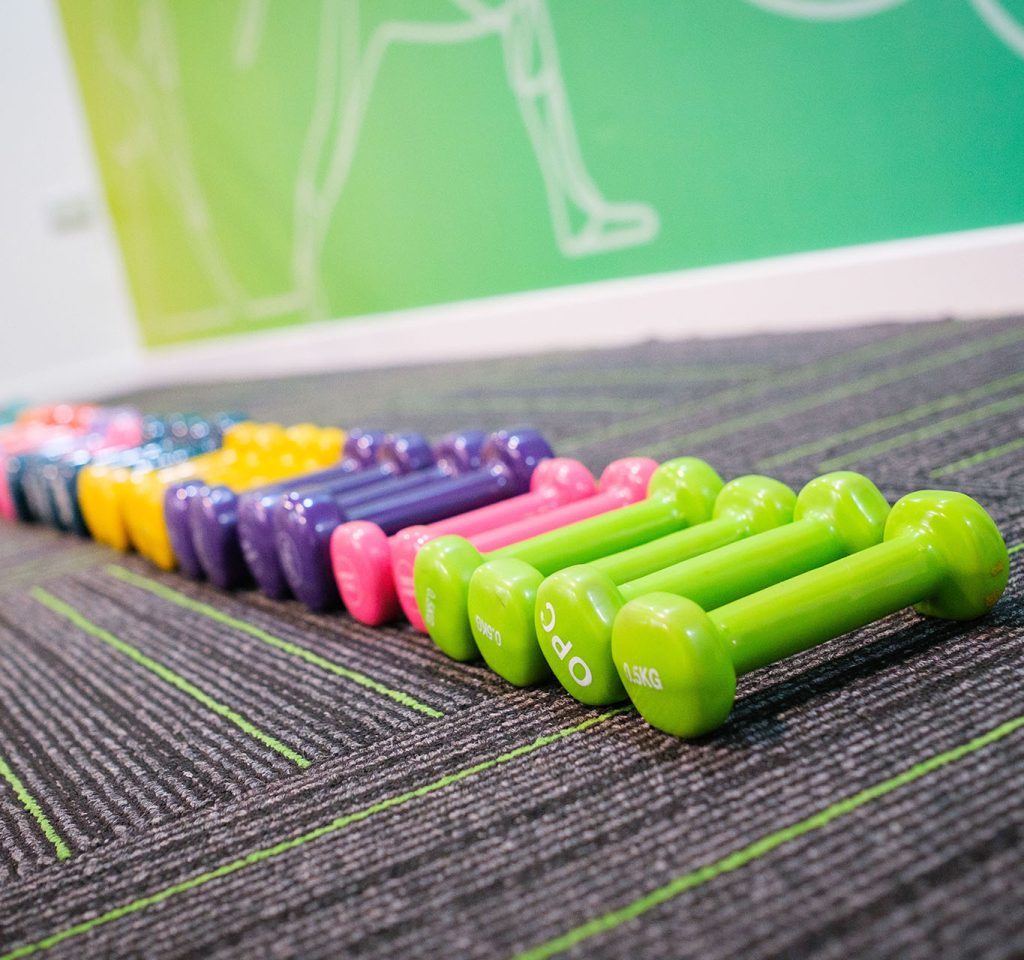After all that lounging around over the holidays, your back may be really feeling it. You know you need to get back to work, but every time you think about sitting at your desk all day or standing for hours, your back starts screaming at you. We get it. Returning to work after time off can be rough on your back, especially if you already struggle with pain. But you don’t have to suffer in silence or let it derail your return to work. This guide will give you pro tips to ease back into your routine and keep your back pain under control so you can focus on work, not aches. We’ll cover how to set up your workstation to support your back, stretch and strengthen your core, stay active throughout the day, and know when to ask for help. With these practical steps, you can get back on track pain-free.
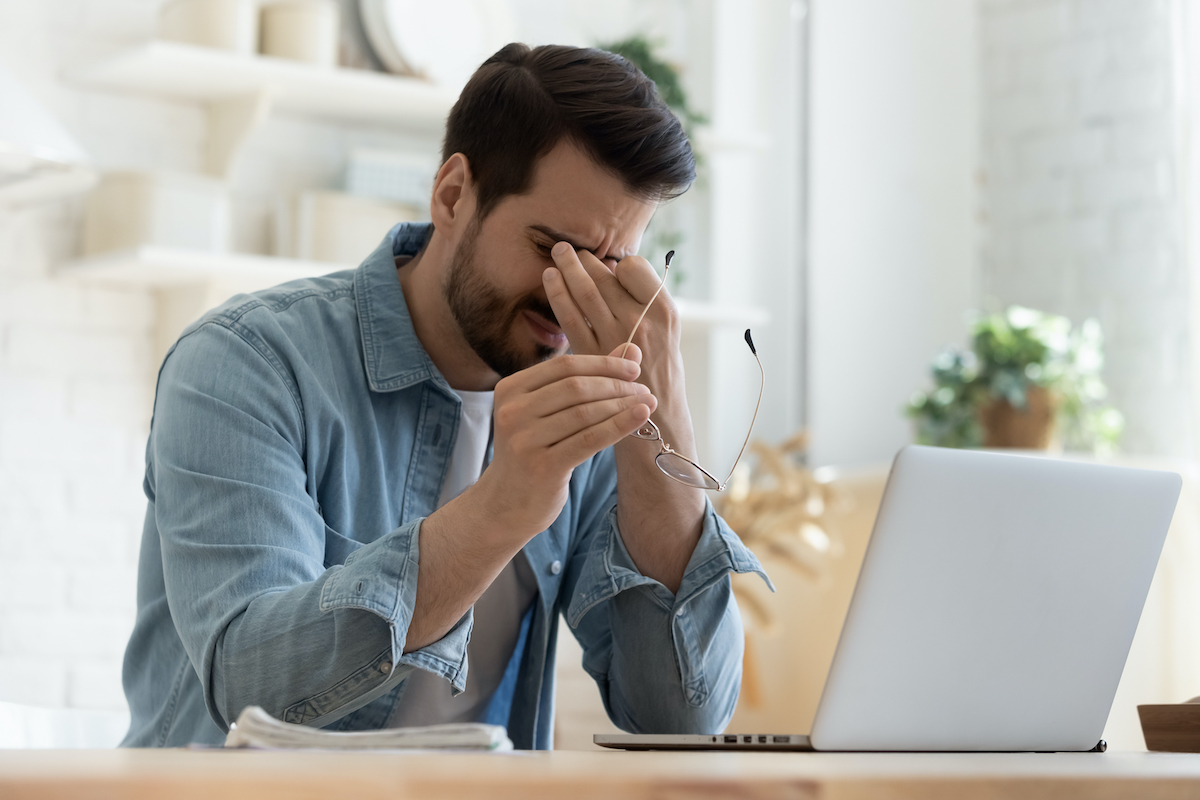
Assessing Your Back Pain After the Holidays
The holidays are over, and it’s time to get back to work. But if your back pain didn’t take a vacation, you’ll want to evaluate how it’s doing before jumping into your usual routine.
Take stock of your current pain level and mobility. Is your back stiff and sore, making it hard to bend or twist? Or do you have a sharp, shooting pain that gets worse with movement? Rate your pain on a scale of 1 to 10 so you have a benchmark to compare to as you start treatment.
Also, check if your pain is acute (sudden and severe) or chronic (long-lasting). Acute back pain often improves within a few weeks, while chronic pain lingers and requires ongoing management. If your pain is severe or does not start to improve within a week of self-care, see your doctor.
Monitor how your pain changes with different positions and activities. Does it feel better when you’re sitting, standing, walking or lying down? Note what aggravates your pain so you can avoid those positions and movements. This information will help guide your treatment plan.
Ease back into work and daily routines gradually. Start with light activities like taking short walks, gentle stretching or slow yoga. Build up your activity and workload slowly over days or weeks as your pain and mobility improve. Pushing through severe pain can make back injuries worse.
Your back pain may take time to resolve itself after the holidays. Pay close attention to your body and make your recovery a priority. Slowly reintroducing activity and work at a pace that does not exacerbate your symptoms will help ensure your back is ready to get back to business as usual. With patience and proper care, you’ll be back in action in no time.
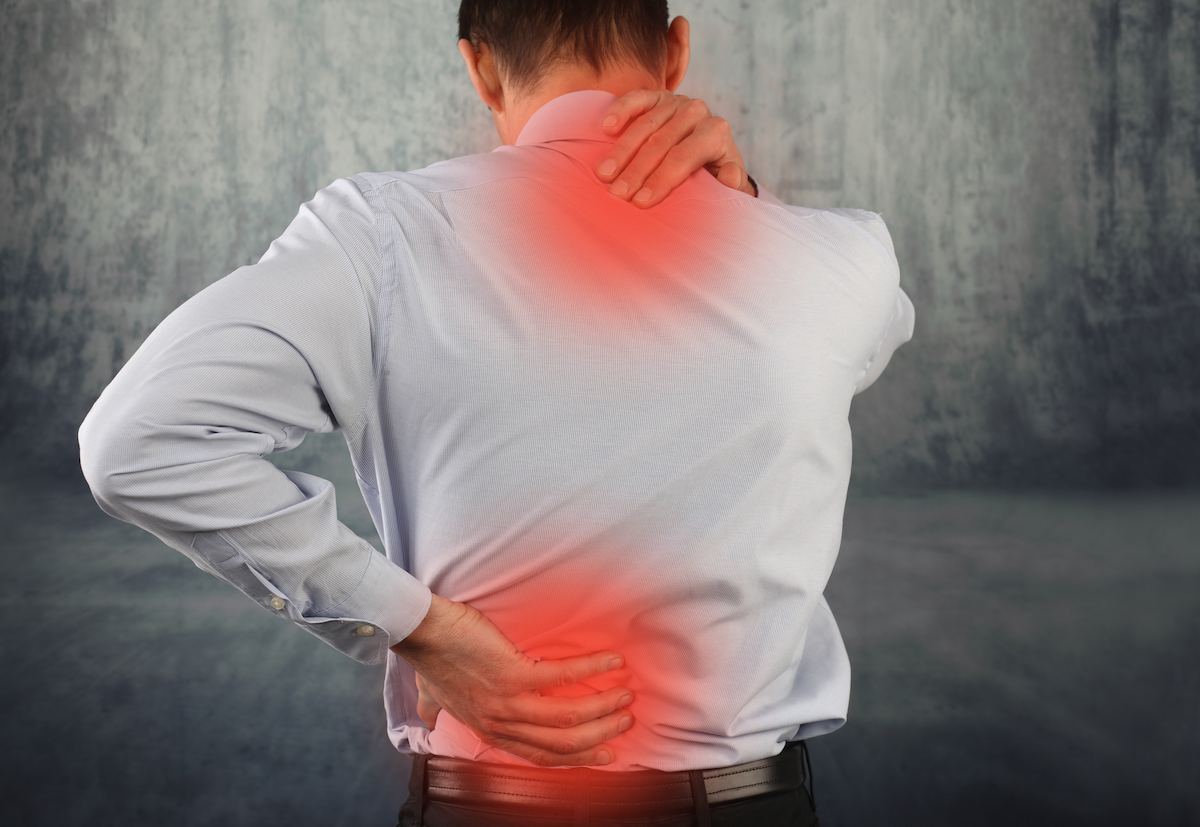
Why Does My Back Hurt During Holidays
Holidays are a time for relaxing, but several people feel their pains and aches fire up during these times of rest. There are a few reasons for that.
- Sedentary Lifestyle: Many people tend to be less active during holidays, spending more time sitting or lying down while watching TV, travelling long distances, or engaging in sedentary activities. Prolonged sitting or inactivity can lead to muscle stiffness and strain, particularly in the back.
- Travel: Traveling, whether by car, plane, or train, often involves sitting for extended periods in cramped spaces. This can cause discomfort and strain on the back muscles and spine, leading to pain.
- Lack of Routine: Holidays often disrupt daily routines, including exercise and stretching routines, which can help alleviate back pain. The lack of regular physical activity and stretching can contribute to stiffness and pain in the back.
- Heavy Lifting: Decorating for holidays, lifting heavy luggage, or carrying shopping bags filled with gifts can strain the back muscles and lead to pain or injury if proper lifting techniques are not followed.
- Stress: Holidays can be stressful due to various reasons such as travel arrangements, hosting gatherings, or financial strain from gift shopping. Stress can contribute to muscle tension and exacerbate existing back pain.
- Poor Posture: During the holidays, people may spend more time slouching on the couch while watching TV or using electronic devices, leading to poor posture. Poor posture can strain the muscles and ligaments in the back, causing discomfort or pain.
- Overindulgence: Holiday festivities often involve indulging in rich foods and alcoholic beverages, which can contribute to weight gain. Excess weight can put additional strain on the spine and exacerbate existing back problems.
- Sleeping Conditions: When staying away from home during the holidays, people may not have access to their usual comfortable mattress and pillows, leading to poor sleep posture and back pain.
Preparing Your Body and Mind to Return to Work
To make the transition back to work as smooth as possible, you need to prepare both physically and mentally. We recommend you start these about a week before your return to work, however if you’re already back in the office by the time you’re reading this, then it’s never too late to start!
Some tips to get you started:
- Start moving again. After being less active over the holidays, ease into light exercise like walking, gentle yoga or swimming. This will wake up your muscles and increase your flexibility and endurance so you’re ready for work.
- Practise good posture. Sit with your back straight, supported and your feet flat on the floor. Use a lumbar support cushion if needed. Get up and move around regularly. Good posture and movement are key to managing back pain.
- Stay hydrated and eat healthy. What you put into your body has a huge impact on your back health and pain levels. Focus on anti-inflammatory foods, limit processed foods and sugar. Drink plenty of water to keep your muscles and joints hydrated.
- Get enough rest. Aim for 7 to 8 hours of sleep per night to allow your back muscles to rest and recover. Lack of sleep can intensify pain. Also focus on sleeping postures that wont aggravate your back. If you’re a stomach or side sleeper, really try to doze off laying flat on your back with an ergonomic pillow.
- Prepare mentally. Ease into work by starting a day or two before your official start date. This allows you to get into the routine and mindset again. Try doing work tasks at home to build up your ability and confidence. Starting work with a positive and proactive mindset will help reduce pain and stress.
Tips to Prevent Further Back Injury at Work

When returning to work after the holidays, be gentle with yourself and take steps to avoid aggravating your back pain or causing a new injury.
Adjust Your Workstation
Make sure your desk and chair are at the proper height, and your workstation is ergonomically designed. Your feet should rest flat on the floor, your knees bent at a 90 degree angle, and your arms even with the desk surface. If your desk is too high or low, ask if it can be adjusted or consider using a standing desk. An ergonomic chair with lumbar support can help reduce strain on your back.
Take Regular Breaks
Get up and move around or do light stretches every 30 minutes. Walking around or gently twisting side to side can help relieve pressure on your back and prevent stiffness. Avoid prolonged sitting when possible, as this can exacerbate back pain. When sitting, change positions frequently.
Practise Good Posture
Keep your back straight and supported, your shoulders back, and avoid hunching over. Make sure your computer monitor is at or slightly below eye level so you don’t have to crane your neck down. Keep your elbows at a 90 degree angle and wrists straight when typing. Place a lumbar support cushion behind the small of your back for extra comfort.
Lift Properly
If your job involves any heavy lifting or moving of materials, be extra cautious. Bend at your knees and keep your back straight when lifting. Hold objects close to your body and avoid twisting motions. Ask a colleague for help moving heavy or awkward objects. Use a cart or dolly when possible to transport items.
By making some simple ergonomic changes and being mindful of your movements and posture, you can settle back into work without aggravating your back pain. Staying active on breaks and maintaining flexibility will also aid in your recovery. Be patient and listen to your body as you transition back to your normal routine.
Seeking Professional Help for Back Pain Recovery
Once you’ve returned to work, if your back pain persists or worsens, it’s a good idea to seek professional help. At BodyViva, our physiotherapists, acupuncturists and massage therapists can help get you back on track.
Seeking physiotherapy is one of the best steps you can take. A physio will evaluate your pain and range of motion to determine the underlying cause. They may use targeted massage, stretching, strengthening, and mobilisation techniques to relieve pressure points, loosen tight muscles and stabilise your back. Physiotherapy aims to correct postural issues and muscle imbalances to prevent future injury.
Western acupuncture, also known as medical acupuncture or dry needling, is a therapeutic technique that involves the insertion of thin needles into specific points on the body to alleviate pain, promote healing, and improve overall well-being. Unlike traditional Chinese acupuncture, which is based on principles of traditional Chinese medicine (TCM) such as balancing the flow of energy or Qi along meridians, Western acupuncture is grounded in modern anatomical and neurophysiological concepts.
Massage therapy can also help relieve back pain by loosening tight muscles and connective tissue, improving circulation and mobility. A massage therapist will target areas of tension. Massage provides both physical and psychological benefits, leaving you feeling relaxed and rejuvenated.
Seeking input from medical professionals will help get you on a tailored recovery plan. They can determine if any tests are needed and refer you to other specialists if required. The earlier you get help, the sooner you’ll be on the road to recovery and able to maintain an active, pain-free lifestyle. With the right treatment and self-care, you’ll be back to 100% in no time.
Frequently Asked Questions About Back Pain and Returning to Work
Returning to work after time off can be stressful enough without dealing with back pain on top of it. Here are some common questions and answers to help alleviate your concerns:
Will working make my back pain worse?
Not necessarily. While certain movements or positions may aggravate your pain in the short term, activity and exercise are actually beneficial for back health and recovery. The key is starting slow, listening to your body, and making gradual adjustments to your workstation and routine. If your pain does increase, ice the area and take an over-the-counter pain reliever. Consult your physician if pain persists or worsens.
Should I ask for accommodations?
If your back pain is limiting your mobility or ability to perform certain job duties, don’t hesitate to ask your employer for temporary accommodations. This could include more frequent breaks, a standing desk option, avoiding heavy lifting, or working from home part-time. Most companies will work with employees to find solutions that meet both your needs and theirs.
How long will I need to take it easy?
The recovery period will depend on the severity and cause of your pain. If your back pain is severe and impairing, as a general rule, give yourself at least 2 to 4 weeks of light activity before jumping back into a full workload and normal routine. Start by working just a few hours a day or a couple of days a week and gradually build up your endurance. Be patient through the process, as overdoing it could lead to a relapse.
What else can I do to prevent future back pain?
Make back health a priority even after you’ve recovered. Maintain good posture, take frequent walking breaks, strengthen your core muscles, and stretch daily. Yoga or Tai Chi are excellent for both flexibility and strength and weight training can also help strengthen and rebalance your muscle groups.
Apply heat or ice when needed and consider seeing a chiropractor for occasional adjustments. Making long-term lifestyle changes will help get you back to your best and avoid repeat episodes of back pain.
The most important thing is not to push yourself too hard as you ease back into your routine. Listen to your body, start slow, ask for help when you need it, and be kind to yourself during recovery. With time and consistency, you’ll get back into the swing of things in a healthy way.
Contact BodyViva Today To Help With Your Back Pain
Many people try to push through back pain for too long when it can take just one physiotherapy session to feel some improvement. Contact the team at BodyViva and organise your first session and take a step toward reduced back pain. We offer a range of services that can help reduce pain and strengthen your back. Give us a call or book via our website.



